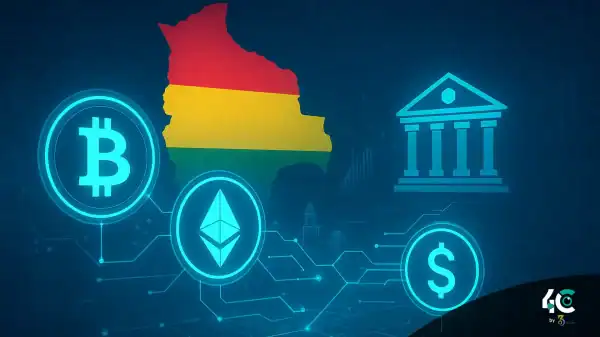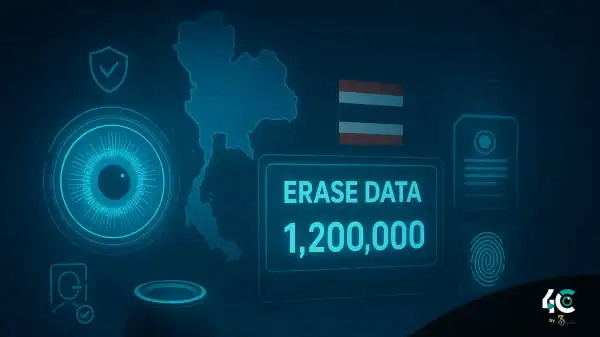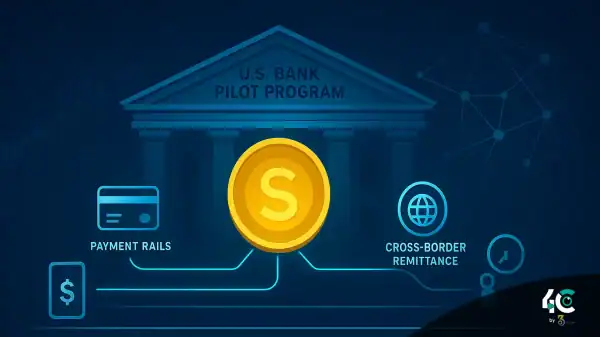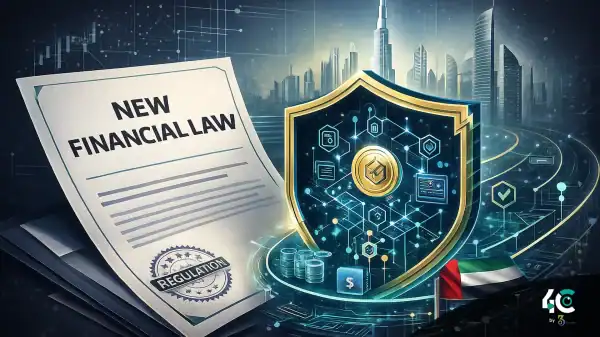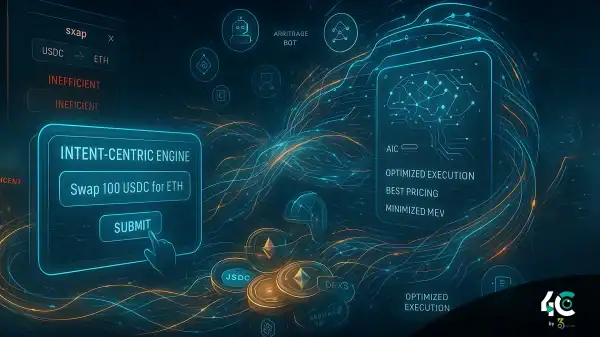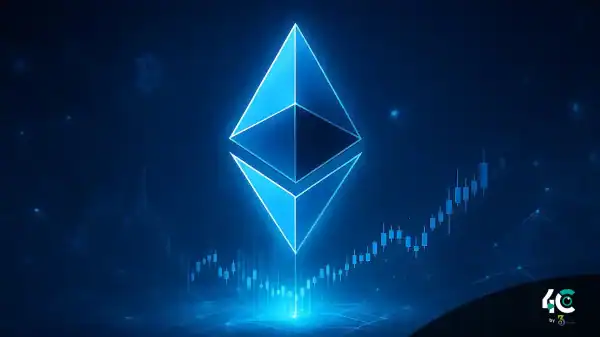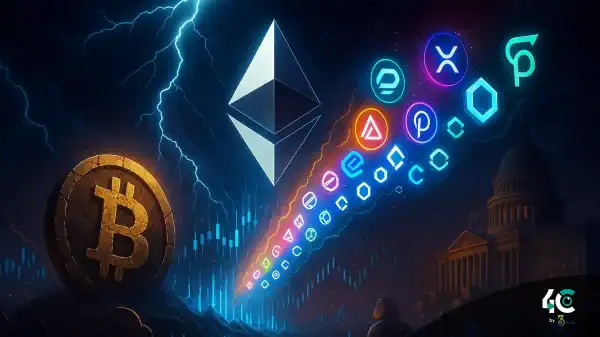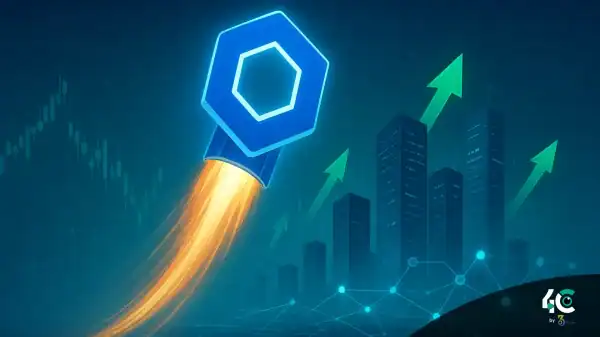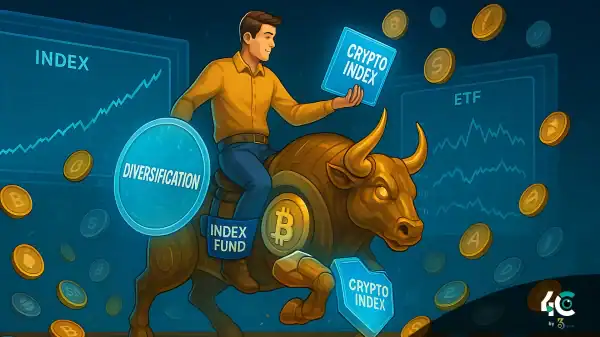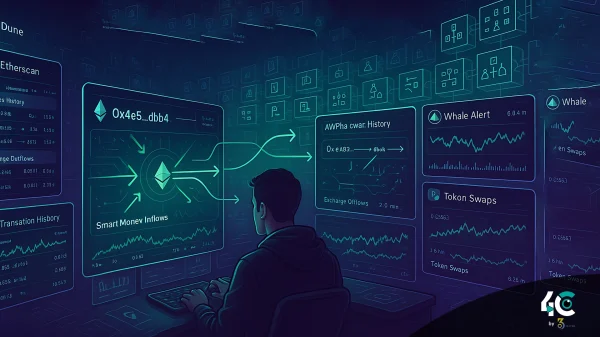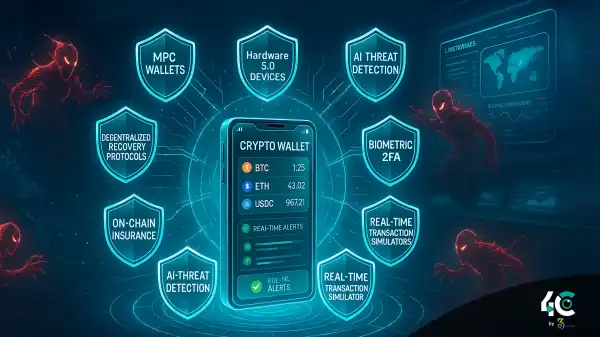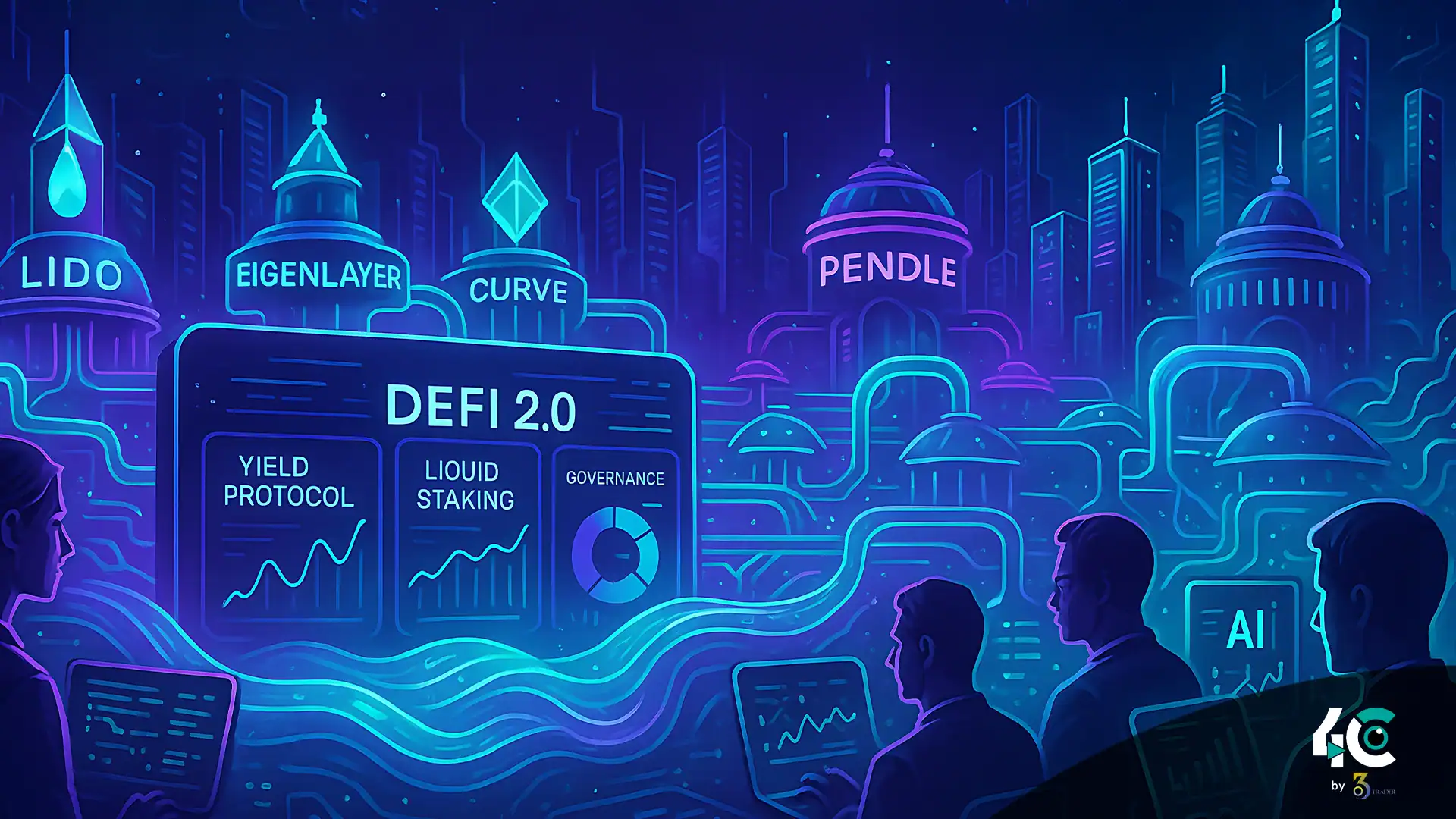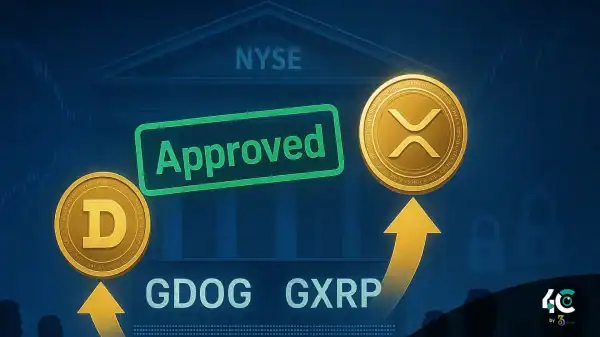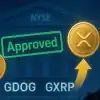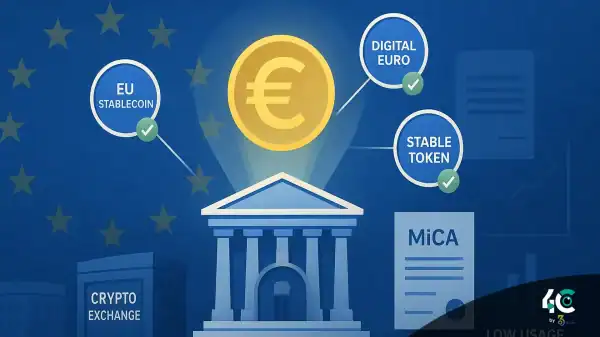What Is DeFi 2.0?
DeFi 2.0 is the advanced version of decentralized finance that improves upon the limitations of DeFi 1.0. While the first wave introduced permissionless lending, borrowing, and yield farming, it struggled with short-lived liquidity, security flaws, and governance centralization. DeFi 2.0 addresses these concerns with four major pillars:
1. Sustainable Liquidity Models
Early DeFi relied heavily on liquidity mining incentives that quickly dried up. In DeFi 2.0, protocols use tools like protocol-owned liquidity (POL) and bonding mechanisms to keep liquidity within the system.
- Example: OlympusDAO introduced POL to manage its own reserves, eliminating reliance on external liquidity providers.
- Tokemak also experiments with directing liquidity to where it’s most needed.
2. Enhanced Governance
In DeFi 1.0, large token holders or “whales” often dominated governance decisions.
DeFi 2.0 encourages progressive decentralization through new models like:
- Quadratic voting
- Conviction voting
Projects like Aragon and DAOstack lead the charge toward fairer, more community-driven governance.
3. Improved Risk Management
The early DeFi space saw frequent smart contract exploits and rug pulls. DeFi 2.0 uses:
- Decentralized insurance protocols like Nexus Mutual
- Multi-sig treasuries for fund safety
- Automated risk analysis platforms to catch issues early
4. Interoperability and Scalability
Blockchain fragmentation made DeFi apps hard to access across networks. DeFi 2.0 solves this via:
- Cross-chain bridges
- Layer 2 scaling tech like Optimism and Arbitrum
- Leading interoperable projects: Polkadot and Cosmos
Key Innovations in DeFi 2.0
Protocol-Owned Liquidity (POL)
Unlike renting liquidity, DeFi 2.0 protocols own and manage it themselves.
- OlympusDAO backs its $OHM token with reserves like DAI and FRAX.
Next-Gen AMMs (AMMs 2.0)
Improved automated market makers now allow:
- Lower slippage
- Dynamic fees
- Curve Finance targets stablecoin trading.
- Balancer allows custom token pools.
Decentralized Insurance
Tools like InsurAce and Nexus Mutual protect users from losses due to hacks or smart contract bugs.
Yield Optimization Tools
Platforms like Yearn Finance automatically optimize returns via auto-compounding and vault strategies.
DeFi 2.0 Case Studies
OlympusDAO ($OHM): Redefining Liquidity
Pioneered POL with a “reserve currency” model. Though volatile, it’s reshaping liquidity dynamics.
Convex Finance ($CVX): Enhancing Incentives
Enhances Curve LP rewards through smart staking and reward optimization.
Alchemix ($ALCX): Self-Repaying Loans
Offers loans that repay themselves through yield on deposited collateral — a creative liquidity solution.
Opportunities for Investors
- Sustainable Returns: Reduced dependency on inflationary rewards
- Inclusive Governance: Smaller holders can impact protocol decisions
- Wider Access: Cross-chain support and real-world asset tokenization
Risks for Investors
- Experimental Designs: Many DeFi 2.0 models are still untested at scale
- Regulatory Pressure: Governments may regulate or restrict DeFi activities
- Macro Uncertainty: Global market downturns still affect DeFi markets
Final Thoughts: Embracing the DeFi 2.0 Era
DeFi 2.0 aims to fix DeFi 1.0’s pitfalls while building a more sustainable and user-friendly financial layer. With improved infrastructure, governance, and security, DeFi 2.0 holds immense potential for long-term growth.
Investors should stay informed, diversify their portfolios, and approach with caution. Those who understand the evolving risks and innovations may be well-positioned to benefit from this new wave of decentralized finance.
Conclusion
DeFi 2.0 represents the next generation of decentralized finance, solving earlier problems like fleeting liquidity and governance flaws. It introduces smarter models such as protocol-owned liquidity, innovative AMMs like Curve and Balancer, and new risk tools like Nexus Mutual. For investors, DeFi 2.0 provides better returns, lower risk, and deeper protocol involvement. While challenges remain, careful engagement with these innovations could lead to major opportunities in the evolving DeFi landscape.


